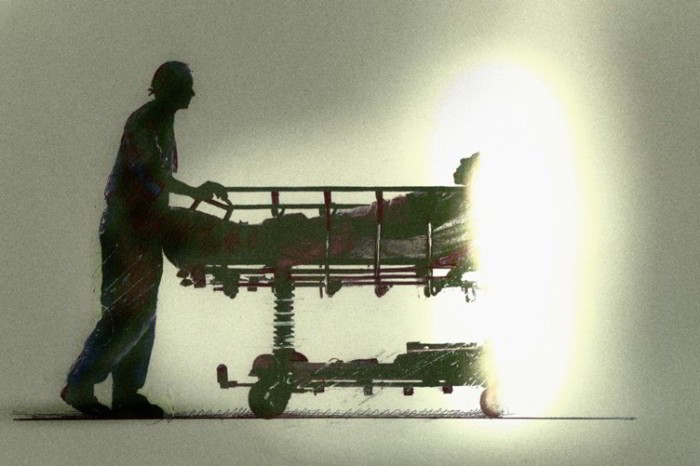Causing or empowering the death of someone who wants to commit suicide but who’s unable to do so or doesn’t want to do so without help. Generally, the man who’s “helped” is quite sick and in pain and may have a terminal illness, although that isn’t consistently true.
Assisted suicide is prohibited in many states. It’s also quite contentious. There are strong arguments used by both sides on the assisted suicide issue. Proponents claim that a terminally ill man in acute pain who wants to expire should be released from suffering. In addition they say that even if an illness isn’t terminal or not incredibly distressing, the individual should still have the right to stop their life, with or without help. This was the position taken by former Michigan physician Jack Kevorkian, who’s serving a jail term as of this writing for performing assisted suicides in breach of state law.
Dissenters say that the terminally ill individual who’s in intense pain should be given powerful narcotics or other drugs to fight the pain and the choice of life and death must not be entirely left up to relatives or physicians. Moreover, occasionally, the man who wants to expire has a treatable illness, including depression, which might be complicated by their feelings of loss if a partner or other relatives or friends have expired. If treated, say dissenters, then the individual can frequently lead the usual life.
As of this writing, the state of Oregon has an assisted suicide law; yet, the law was challenged by national authorities who claim that doctors may not administer drugs for the intent of causing death. Assistive devices
Things that empower individuals with disabilities to better function in society. Assistive devices contain such things as hearing aids, wheelchairs, back braces, artificial limbs, and other apparatus. Such straightforward things as prescription eyeglasses could also fall into this group.
Assisted living apparatus may be anatomical apparatus, much like an artificial hand or foot. They may additionally be mobility devices, including walkers, wheelchairs, crutches, and other devices that help patients move about. Hearing apparatus include hearing aids, amplified phones, and the use of an interpreter. Eyesight apparatus contain a white cane, readers, and other vision technology.
The likelihood of desiring an assistive device generally improves with age, especially with mobility devices, hearing apparatus, and eyesight apparatus.
Assistive apparatus may also contain changes or accommodations supplied in public facilities or at work, as required by the Americans with disabilities act. As an example, supplying phone devices for the deaf on resort phones is one kind of an assistive device/lodging.

